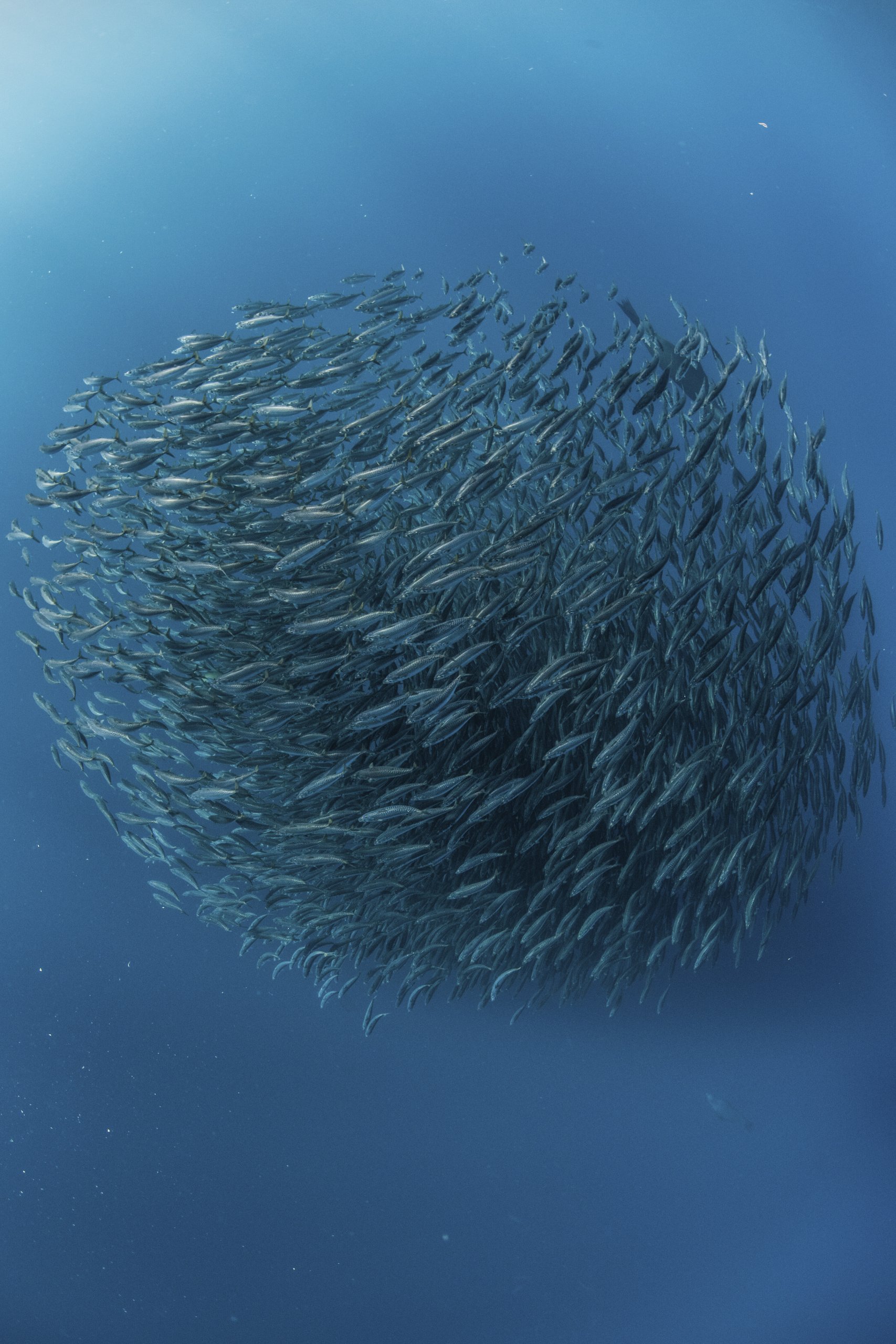What makes fish stocks move? Answering this important question requires an ecosystem-based fisheries management (EBFM) approach to take into account the many factors, both environmental and socio-economic, that may play a role in geographic (AKA distributional) shifts in fish stocks. Moreover, different spatial management decisions may lead to different outcomes for stock distributions over time.
Carried out under SEAwise’s Spatial Management Impacts on Ecological Systems and Fisheries theme, this report explores how the distribution of different stocks and species may change depending on the effects of climate, restoration of habitat, policy, economics, and management decisions. Our findings offer insights into optimal spatial management strategies across different European regions and fisheries.

This work builds on previous SEAwise outputs relating to spatial management impacts, bycatch, and benthic habitats, employing models to explore the interplay of different environmental and socio-economic factors under various scenarios. Our investigation of various spatial management measures, suggested outside SEAwise, focused on how the exclusion of certain fishing activities could affect fisheries distribution, yield, profitability, and selectivity. To operationalise this research, we focused on seven demersal or pelagic trawl fisheries across the North Sea, Mediterranean Sea, and Western Waters. A dedicated WP5 Synthesis workshop complemented this desktop research and modelling.
Some commercial fish species are expected to shift in distribution under climate change (with some species, for example, moving more northwards). However, predicted changes in the distributions of fisheries are more limited, possibly because the demersal species of focus are also predicted to shift less in comparison to pelagic ones. It is likely that climate change effects on distribution will be equalled or surpassed by those of socio-economic factors, including fisheries management and regulations, international agreements, fuel and fish prices, and marine spatial planning. We also found that significantly restoring essential fish habitats (e.g. for spawning and nurseries) could be as effective on boosting stock productivity as regulation of fishing pressure.
Through scenario-based modelling work, we found that prohibiting fishing gears such as bottom trawling in all currently designated MPAs in European waters may in fact have minor impacts on both the economics of fleets and fish populations. This is mainly because these areas have been designated as hotspots of marine biodiversity rather than for reasons such as hosting high abundance or productivity of commercial fish species. However, impacts varied between gear types and fleet sizes (small-scale/large-scale), and may also be determined in-part by ecosystem interactions such as those between ETP predators and commercial fish prey – reinforcing the importance of holistically considering ecological and human elements when it comes to designing optimal fisheries and spatial management strategies.
The results of this research will feed into SEAwise’s EBFM Tool and Toolbox. We’ll also continue our work investigating the potential impacts of marine protected areas and fisheries restricted areas on ecosystem system elements including ETP species, biodiversity, habitats, and on socio-economic elements including fisheries distribution, yield, profitability, and selectivity.
Read the full report here.
Stay up to date with SEAwise news and research, hear about upcoming events, and receive updates on fisheries news from across the European seascape.